
The historic building of the Hellenic Conservatory, at 3 Phidiou Street, is being fully restored by the Ministry of Culture and Sports, with a budget of 6,000,000 euros and funding from the Recovery Fund. The building will be granted by the Ministry of Culture to the State School of Orchestral Art to house the Archive of Dance in Greece, which includes archival material, posters, photographs, films, costumes, as well as historical material from dance performances. The Dance Archive will be accessible to dancers, students, students, researchers, scientists, people with a love for dance, as well as the general public.
The building will house the Library of the State School of Orchestral Art. The premises of the building will be used for performances and events, education and training, information, documentation, and research. It will also host a permanent exhibition on the history and identity of the building. The project, which is scheduled for completion at the end of 2025, is being implemented by the Directorate for the Protection and Restoration of Modern and Contemporary Monuments of the Ministry of Culture and Culture.
As the Minister of Culture and Sports Lina Mendoni stated, “In the framework of our strategy for the restoration, enhancement, and reuse of historic buildings in the center of Athens, aiming at the promotion of the urban fabric with cultural uses, the Ministry of Culture and Sports is for the first time – to this extent – supporting dance. With funding from the Recovery Fund, we are proceeding with the restoration of the building of the Hellenic Conservatory, at 3 Fidiou Street, also known as the Prokesch von Osten building, which was granted to the Ministry of Culture and Sports by the EFKA. We are creating the appropriate infrastructure and conditions for the development of the artistic and educational program of the State Orchestral Art, an important artistic institution of the country with an international footprint. The building, with many different phases of occupation and use, has been identified with historical families of Athens, but also with Maria Callas during her studies. Now, after fifty years of neglect and extensive damage, it is being fully restored by the Ministry’s services to house the Dance Archive in Greece. At the same time, we are also restoring the central, listed building of the State School of Orchestral Art, in Kolonaki, to provide it with a set of upgraded building infrastructure, with modern facilities. With these interventions, in addition to strengthening the CSO and the art of dance in Greece, we are simultaneously preserving a rare example of neoclassical architecture of supra-local radiance and a modernist building with a great and positive urban impact in the center of the capital.”
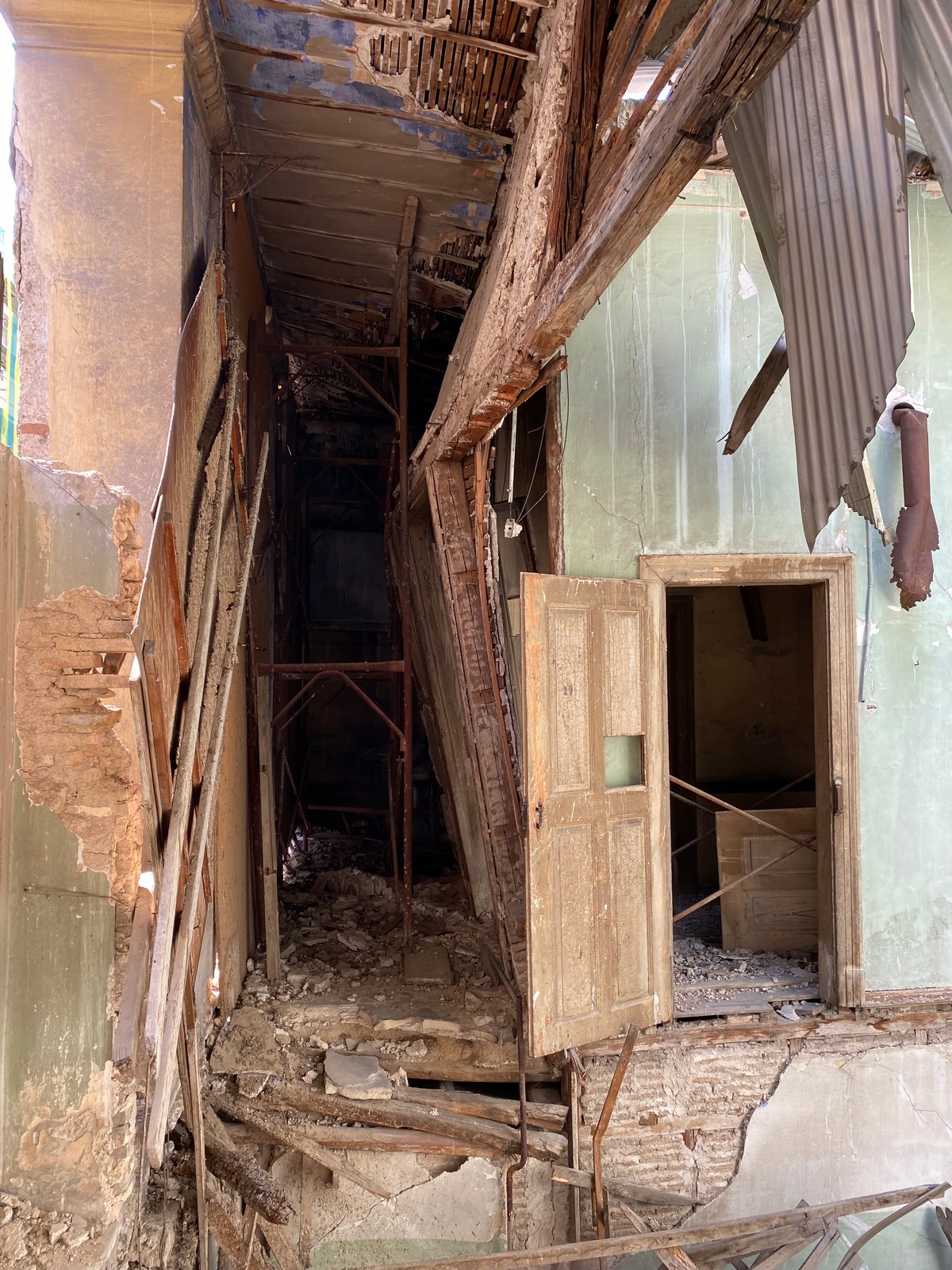
το εσωτερικό του κτηρίου / the interior of the building
The original building of 1836, the work of the Austrian architect K. Roesner, supervised by the German architect Gustav Adolph Lueders, is one of the few examples of the architecture of the first Otto period. In its historical course, apart from being the home of well-known families (Prokesch von Osten, Tositsa, A. Schliemann, Mela), it was the roof of the “Greek Conservatory” where Maria Callas studied.
The project provides for the complete structural and aesthetic restoration of the building, as well as the conservation of its frescoes and its listed elements. The historic monument has been without maintenance and uses for 50 years. It is in a poor state of conservation. The Directorate for the Protection and Restoration of Modern and Contemporary Monuments of the Ministry of Culture and Natural Resources undertook immediate rescue measures in July 2022, when part of the southern wall collapsed.

Το κτήριο της Φειδίου 3, μετά τα σωστικά μέτρα
The Ministry of Culture and Sports has also included in the Recovery Fund, with a budget of 2,500,000 euros, the restoration of the building of the State School of Orchestral Art, on Omirou Street in Kolonaki, with new layouts and the addition of a dance classroom. In addition, structural strengthening and rehabilitation works are foreseen in order to preserve the authenticity, historicity, and architectural characteristics of the building.
The KSTO building in Kolonaki was designed by the modernist architect Georgios Kontoleon. It was built in 1934 and was the home of the famous Greek choreographer, dancer, and dance teacher Koula Pratsika (1899-1984), who donated it (1973) to the Greek State. After the earthquake of 2019, only the ground and first-floor spaces were deemed suitable for the building’s functions.

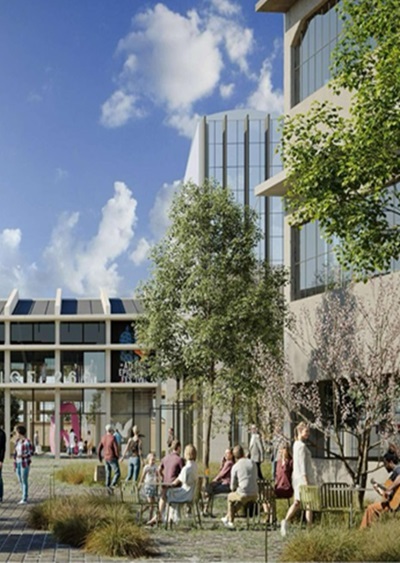
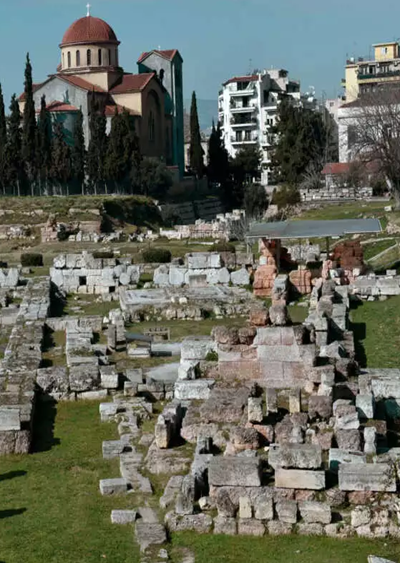
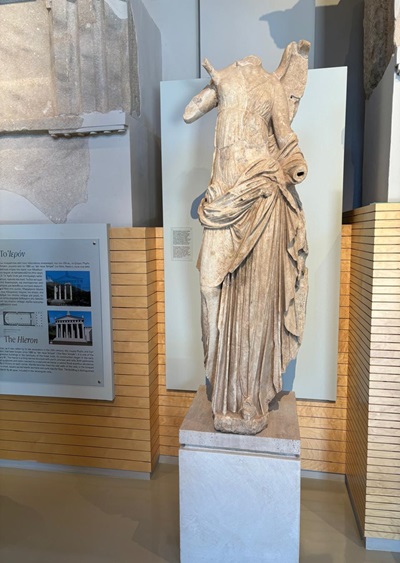
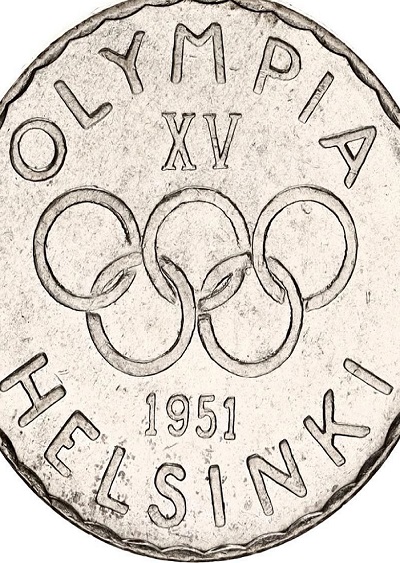
Leave A Comment